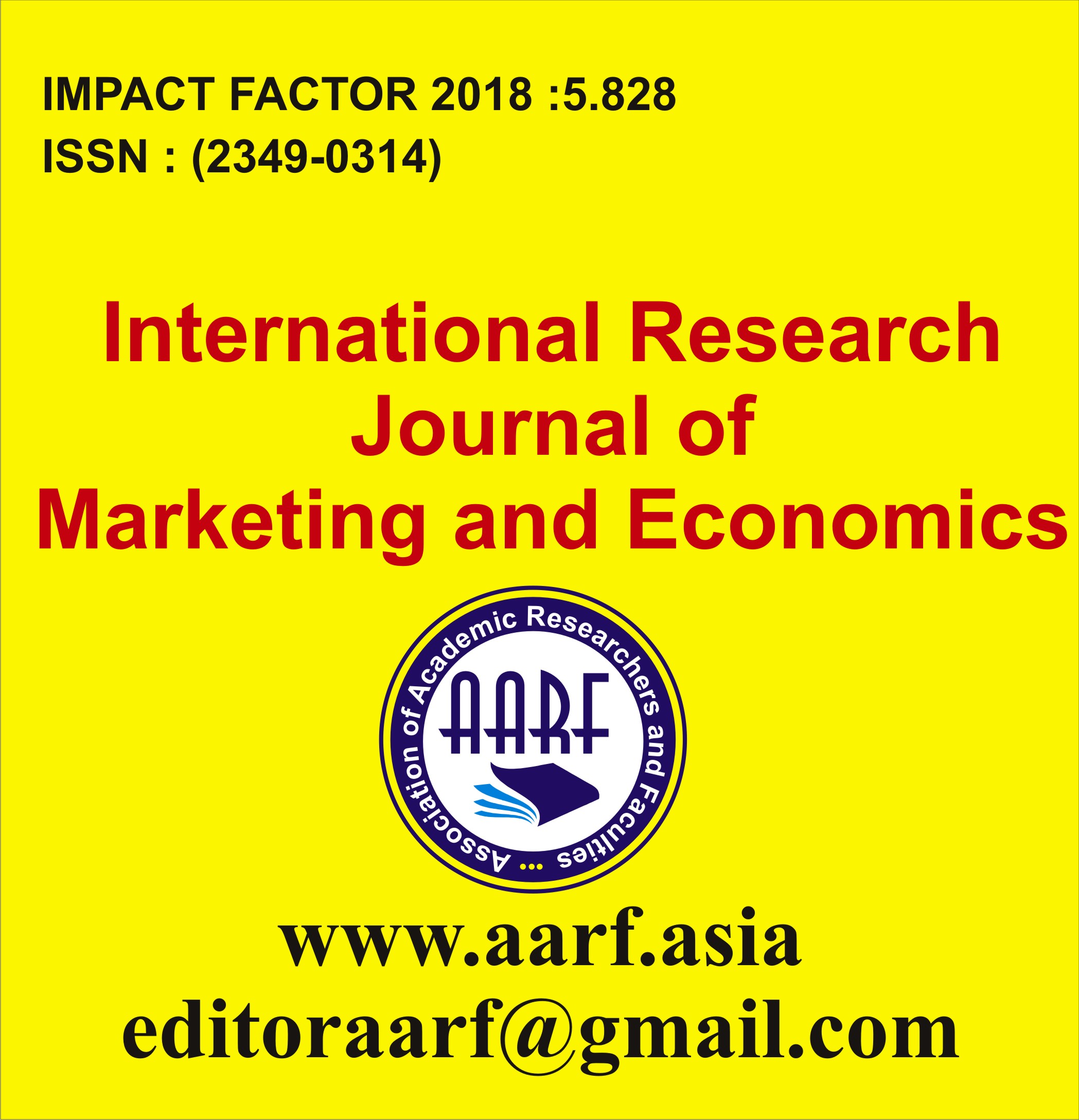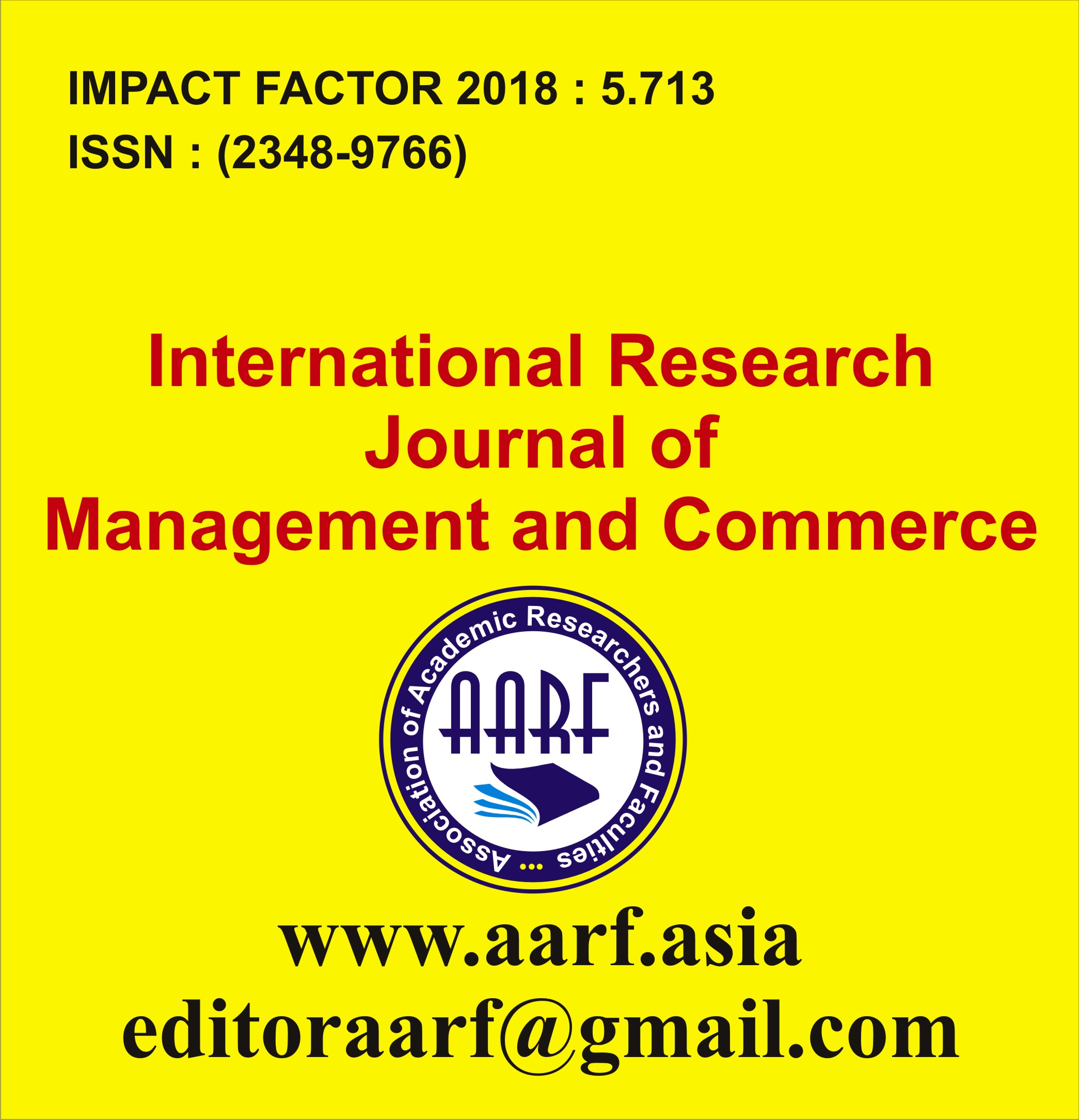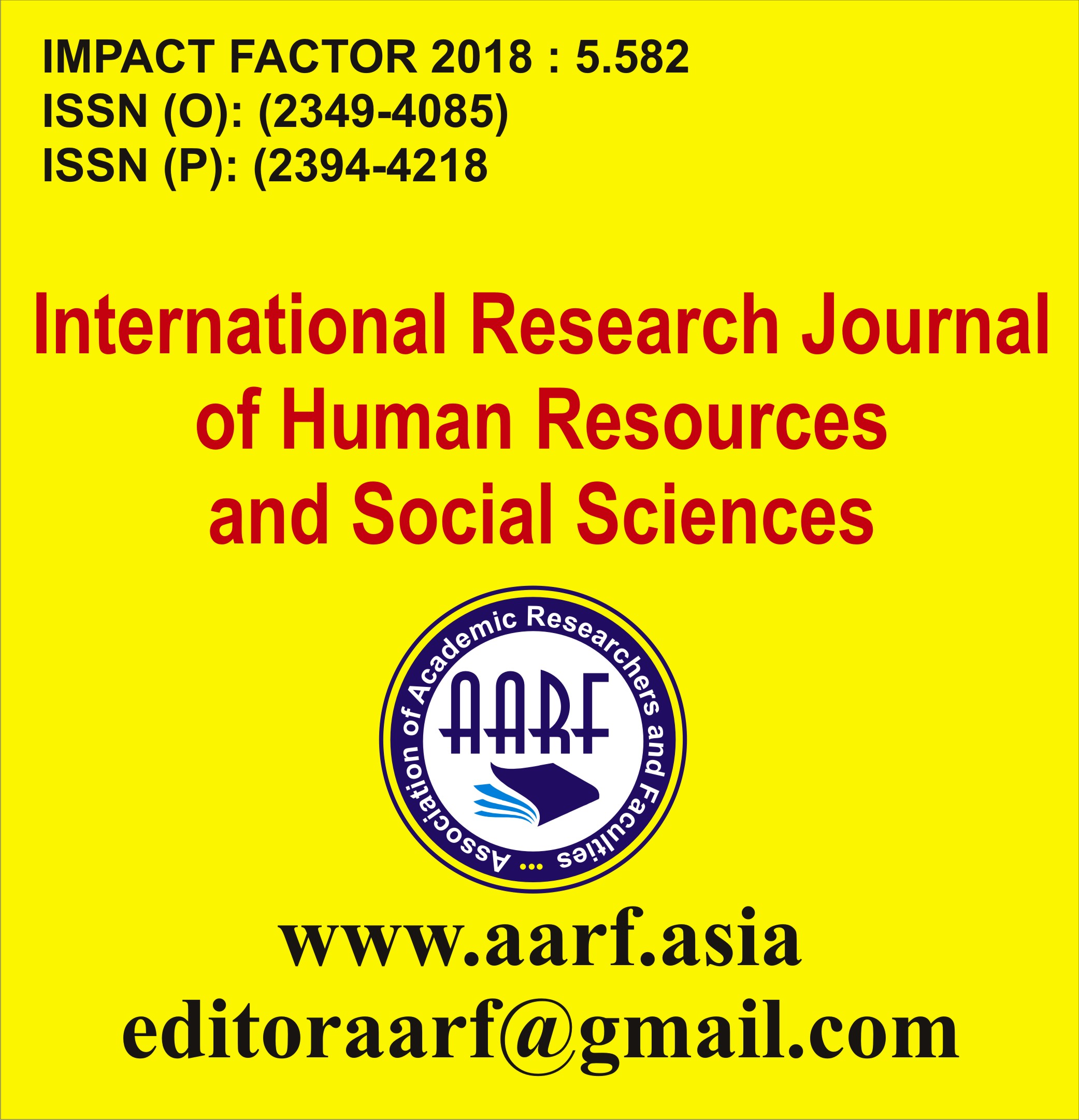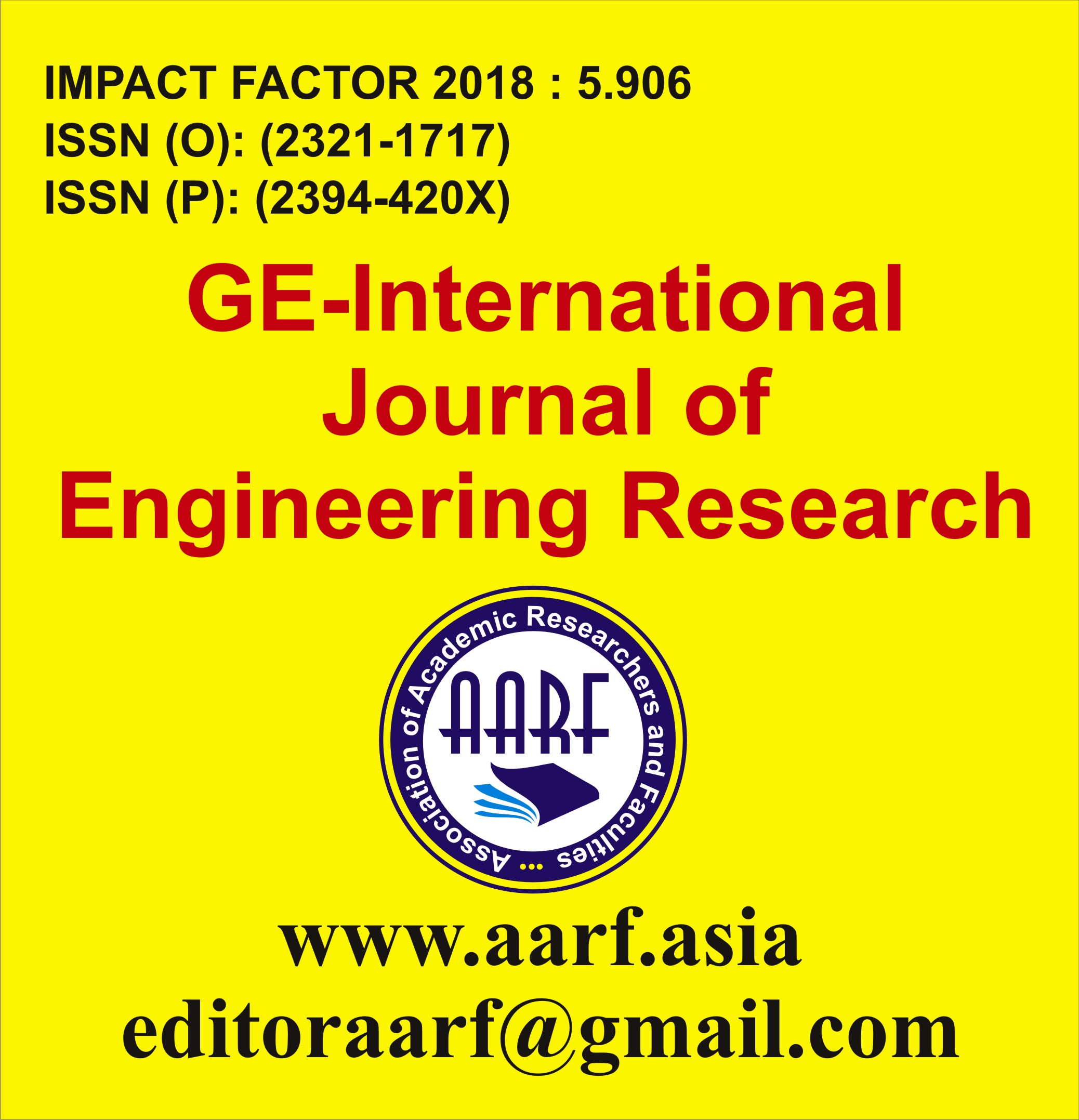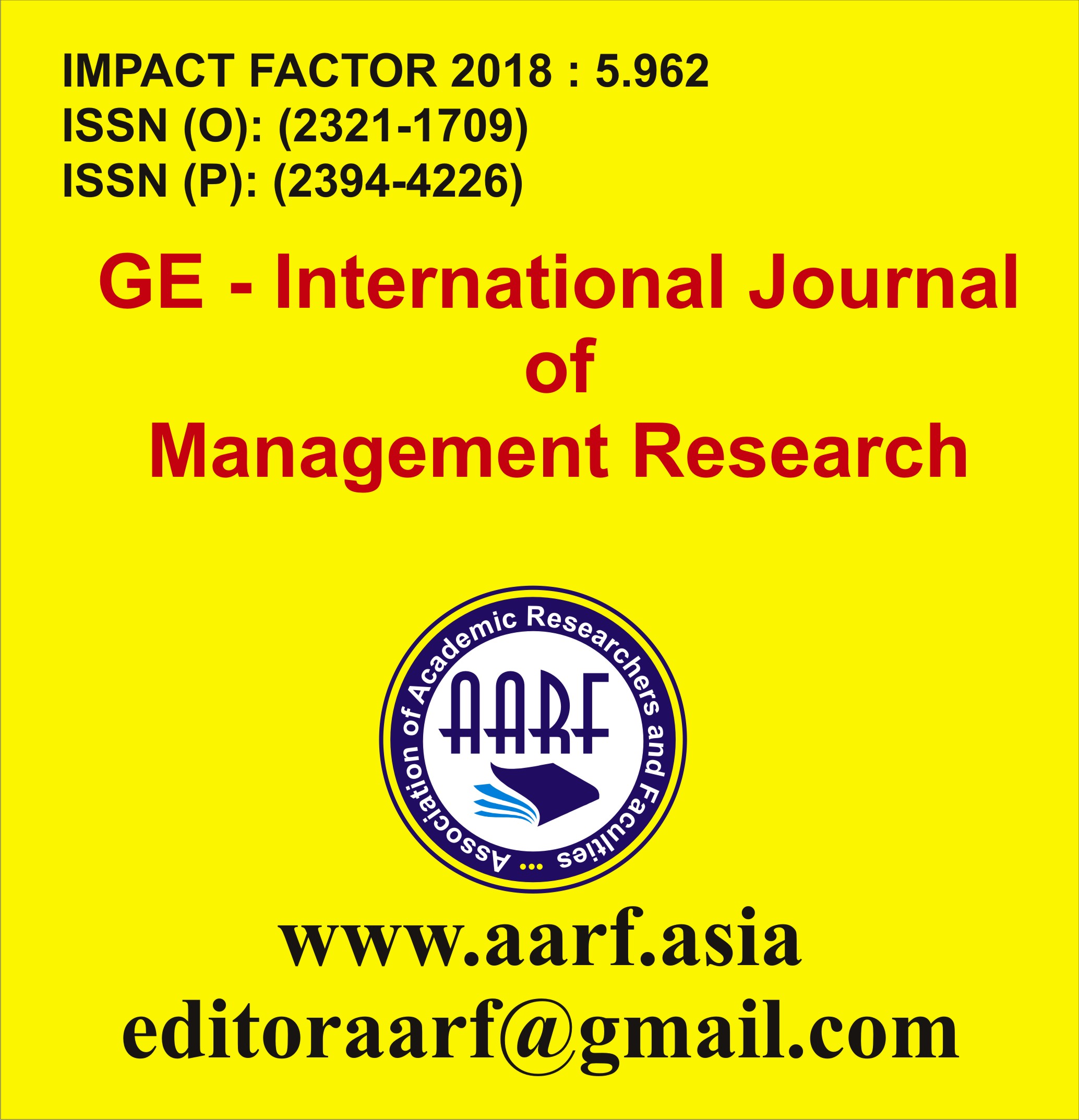Mr. M.S. Gaikwad
Abstract:
The integration of technology in modern classrooms has significantly transformed both teaching and learning processes. Digital tools, online learning platforms, interactive content, smart boards, and AI-based educational applications have enhanced student engagement, motivation, and participation. These technologies support personalized learning by adapting content to students’ individual abilities, learning styles, and paces, thereby fostering more effective educational outcomes. Access to digital resources allows students to explore information beyond traditional textbooks, promoting critical thinking, research skills, and collaborative learning. Technology in classrooms equips students with essential 21st-century skills such as digital literacy, problem-solving, communication, and teamwork, preparing them for future academic and professional challenges. Challenges remain, including unequal access to devices and internet connectivity, insufficient teacher training, and the risk of over-reliance on digital tools, which reduce face-to-face interactions. This paper also highlights innovative examples of technology integration, such as AI-based digital tables and smart classrooms implemented in India, which enhance interactive learning and enable real-time performance tracking. This study emphasizes the need for thoughtful and equitable implementation of technology in education by examining both the benefits and challenges, The findings suggest that with adequate teacher support, infrastructure, and a balanced approach, technology play a pivotal role in creating an engaging, inclusive, and future-ready learning environment.














